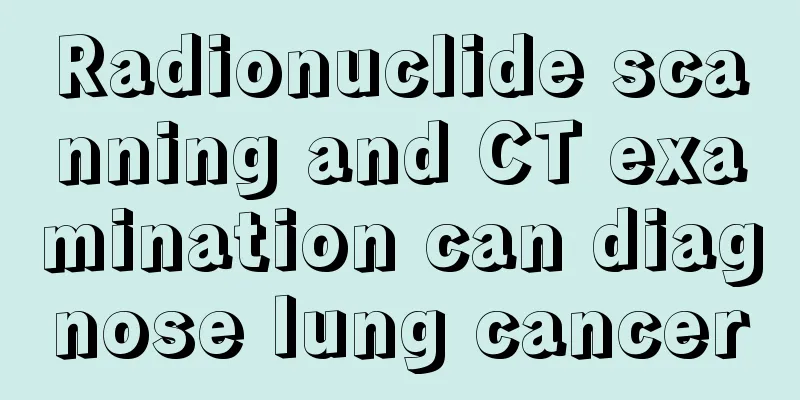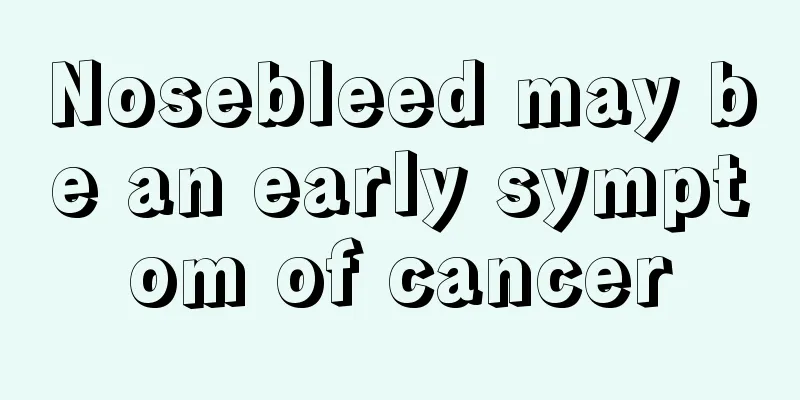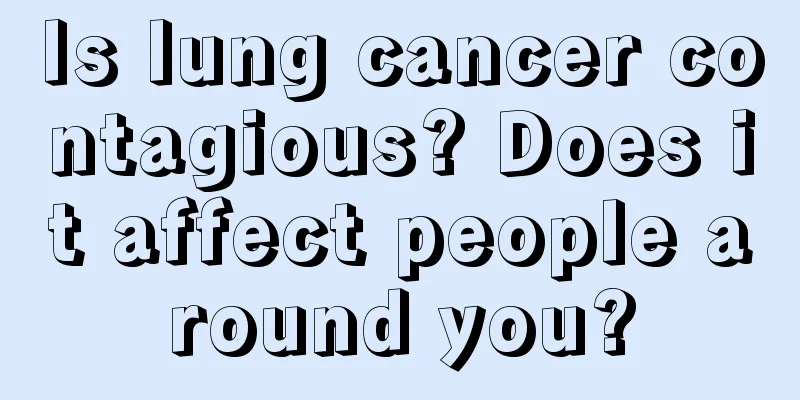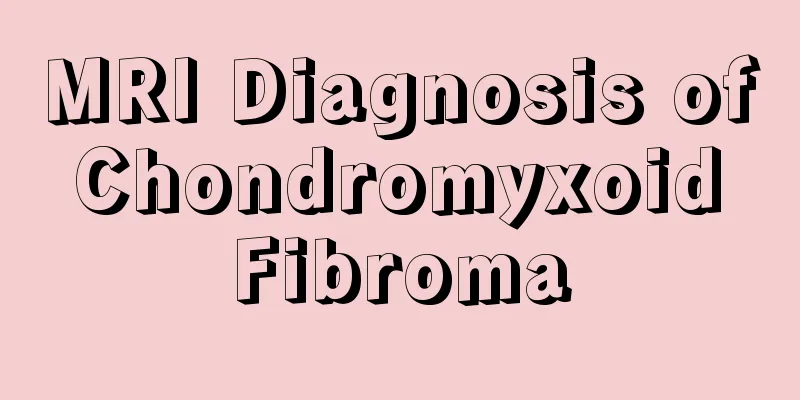Treatment of acute urticaria, symptomatic treatment has good effect
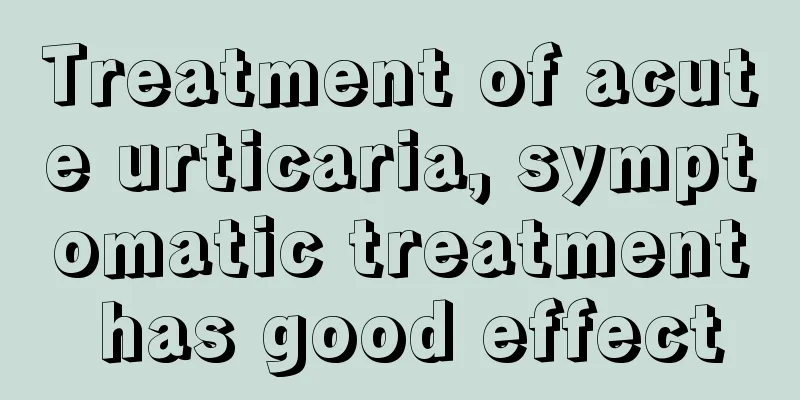
|
The most important thing in treating urticaria is to understand the type and cause. Common ones are acute and chronic urticaria. The treatment of acute urticaria should be symptomatic according to the symptoms shown by the patient. Pay attention to your diet and avoid eating foods that are prone to allergies. 1. Symptomatic treatment of acute urticaria is effective quickly 1. For those with rash and itching as the main symptoms: oral antihistamine H1 receptor drugs, such as chlorpheniramine 4 mg to 8 mg or deschlorohydroxyzine 25 mg, 3 times a day. Patients with extensive rash and severe itching can be given chlorpheniramine 10 mg or diphenhydramine 20 mg at the same time, injected intramuscularly immediately or once a day. 2. For patients with severe illness and accompanied by laryngeal edema, asthma or hypotension: blood pressure changes should be observed and oxygen should be given. Subcutaneous or intramuscular injection of 0.1% epinephrine 0.3 ml~0.5 ml; intramuscular injection or intravenous small bottle of dexamethasone 5 mg; elderly people with cardiovascular disease should use it with caution. If laryngeal edema does not improve after the above treatment, tracheotomy and endotracheal intubation can be performed to assist breathing. 3. Patients with high fever, chills, joint pain, increased total white blood cell count and obvious left shift of the classified nuclei should first be given effective antibacterial drugs, and attention should be paid to finding the infection lesions and being alert to the occurrence of sepsis. Types of acute urticaria 1. Acute eczema, which develops rapidly and the rash is polymorphic. The main manifestations are papules, papulovesicles, blisters, erosions, exudations, and crusts on the basis of erythema and edema. The boundaries of the lesions are unclear. In severe cases, it can spread throughout the body and cause severe itching. 2. Subacute eczema: after the acute inflammation is alleviated, the rash is mainly composed of small papules, scales and crusts, with only a small amount of papulovesicles, blisters and erosions; the skin lesions are relatively limited, and the itching is still severe. 3. Chronic eczema is caused by repeated attacks of acute eczema and subacute eczema. The symptoms include rough skin, scratches, crusting, soaking and hypertrophy, partial lichenification and pigmentation, and scattered papulovesicles on the periphery. 4. Scrotal eczema refers to a common skin disease limited to the scrotum. Its causes are complex and may be related to local uncleanliness, tight or non-breathable underwear (synthetic fiber products) or allergies, certain physical or chemical stimuli, and may also be related to mental factors. |
<<: What should I do if I have big gaps between my teeth?
>>: What is the best way to treat onychomycosis? Home remedies to treat onychomycosis
Recommend
Treatment of esophageal cancer in the United States
For any disease, it is important to choose the ri...
How to take care of dry mouth during radiotherapy for nasopharyngeal carcinoma
Many people have a good understanding of nasophar...
What to do if the nasolabial folds on the face are very deep
Nasal folds are a relatively common type of wrink...
The efficacy and function of albumin injection
Albumin in our body is the main source of our nut...
Carrots and garlic are good helpers in preventing cervical cancer
Chinese medicine diet therapy is widely used in t...
I feel very sleepy from 5 to 7 pm
People's mental state is different at many ti...
What are some tips for itchy palate
Itchy palate is a common problem for many people....
What happens if you drink alcohol after getting a tetanus shot
Tetanus vaccine is a very common vaccine in moder...
What is skin cancer pathology examination
Patients with skin cancer do not need to be too a...
Is the air smog toxic?
As our factories and enterprises gradually increa...
How harmful is alveolar skin cancer to the body
How harmful is basic skin cancer to the body? Whe...
What is the best way to disinfect skin?
In our daily lives, there are always times when w...
What kind of honey is effective for constipation
We all know that honey has a lubricating effect o...
Why does my mouth stink when I wake up early?
Early in the morning is when people are most ener...
What are the dangers of nasopharyngeal cancer
The appearance of nasopharyngeal cancer will affe...
